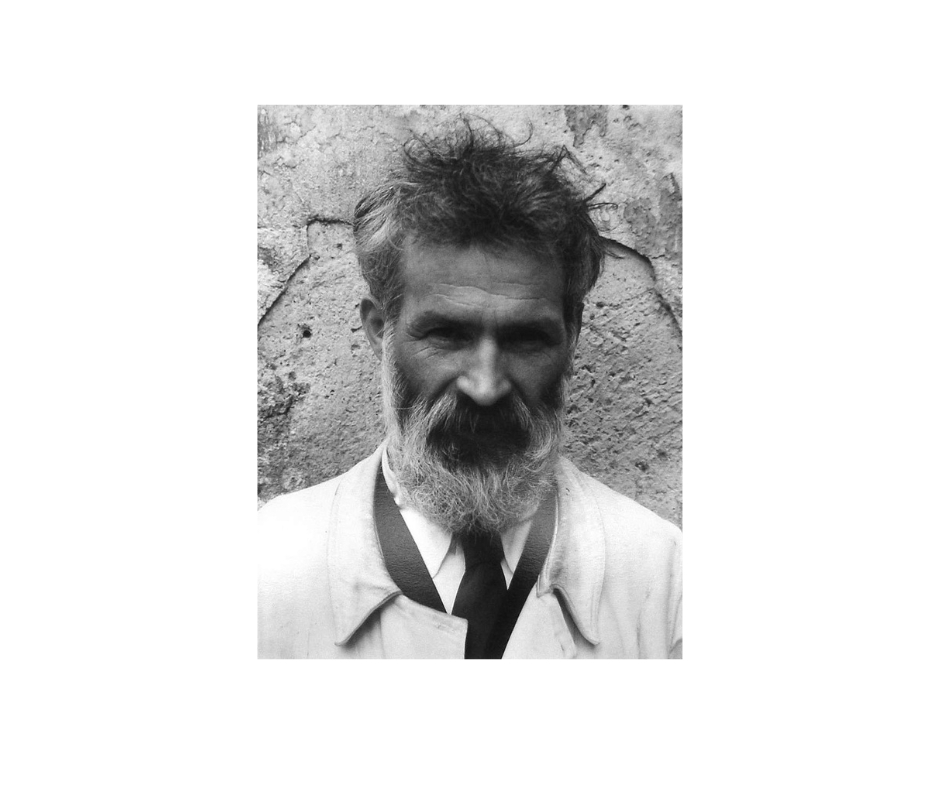Romanian President Nicușor Dan has officially promulgated a new law declaring 2026 as the Year of Constantin Brâncuși, marking 150 years since the birth of one of Romania’s most celebrated artists and a pioneer of modern sculpture.
Under the new legislation, the Romanian Parliament, Presidential Administration, Government, local authorities, and public institutions may organize or support cultural, artistic, and educational events celebrating the life and work of Constantin Brâncuși. They are also allowed to allocate funds from their own budgets, within approved limits, to ensure the proper planning and execution of these initiatives.
Furthermore, H’ART Museum in Amsterdam will organize a major exhibition dedicated to Constantin Brâncuși, organized in collaboration with the Centre Pompidou in Paris. The Centre Pompidou’s involvement brings an added dimension to the exhibit, as it houses Brâncuși’s entire studio, which the artist bequeathed to France. This is a rare opportunity for Dutch audiences to experience Brâncuși’s genius, as it marks his first retrospective in the Netherlands in over 50 years.
Constantin Brâncuși
Born in 1876 in Hobița, Gorj County, Romania, Constantin Brâncuși became one of the most influential sculptors of the 20th century. After studying at the Bucharest School of Fine Arts, he moved to Paris, where he worked briefly in Auguste Rodin’s studio before developing his own minimalist, symbolic style. Brâncuși is best known for iconic works such as The Endless Column, The Kiss, and Bird in Space. His sculptural language redefined traditional forms and emphasized simplicity, essence, and spirituality.
Brâncuși’s legacy bridges Romanian folklore and universal modernism, and his works are housed in prestigious collections around the world, from the Centre Pompidou to MoMA. The 2026 commemorative year is expected to reignite public appreciation and international recognition for the artist’s profound influence on art history.


